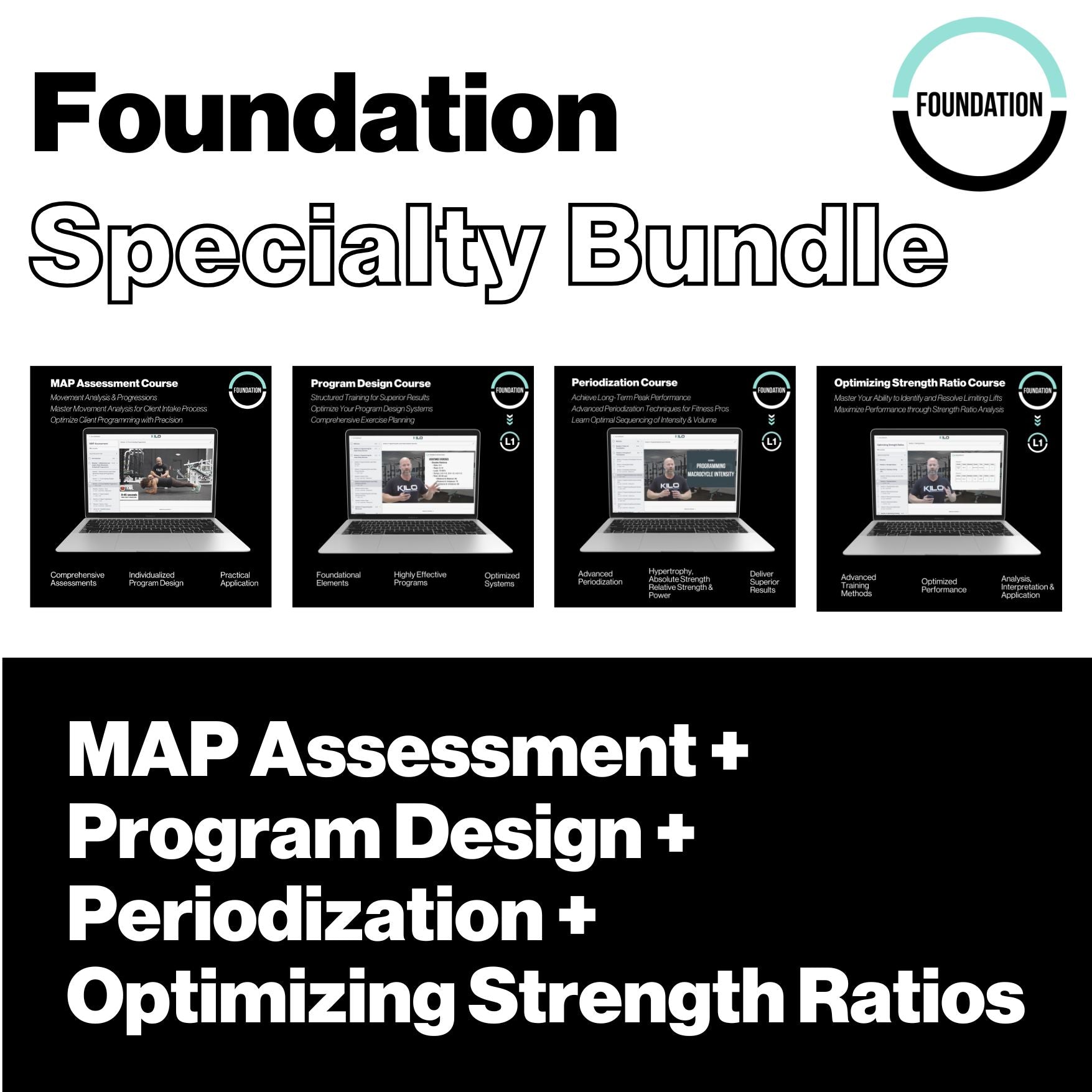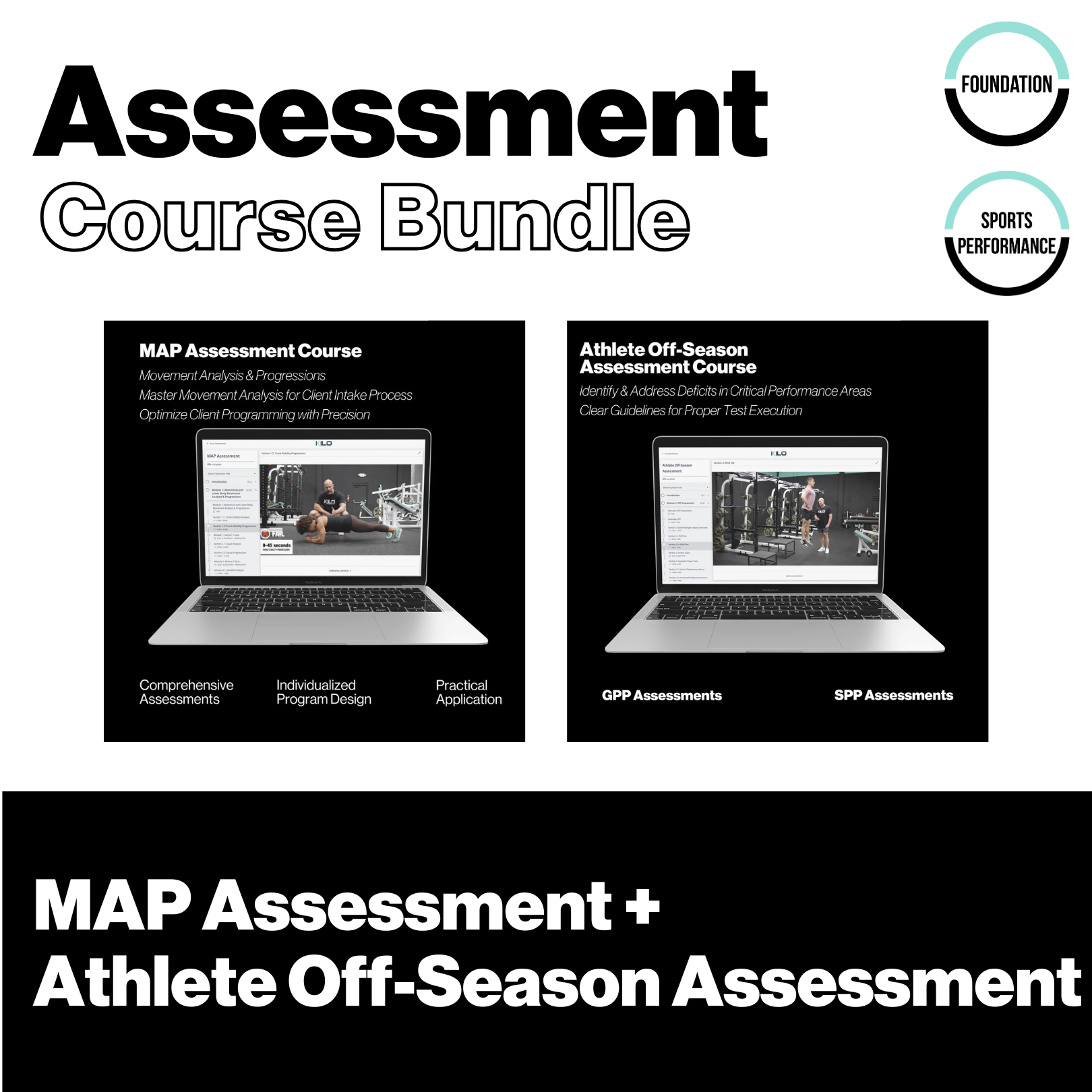Numbers aren’t the goal of training, but they help guide it.
The KILO system utilizes data to clarify the process, not to control it. When used correctly, numbers inform decision-making, reveal loading strategies, and help coaches avoid blind spots in program structure. This is especially true with more advanced lifters, where improvements are harder to come by and every small edge matters.
In this article, we’ll explore why tracking matters in strength development, and we’ll outline the key metrics we monitor, how they influence programming decisions, and how coaches can use data to deliver smarter, more individualized progressions.
The Role of Tracking in High-Level Strength Development
Progress in strength training isn’t just built in the weight room, it’s revealed in the numbers.
For novice lifters, almost any stimulus will create gains. But as training age increases, so does the complexity of adaptation. For advanced lifters, results depend not just on hard work, but on precision.
By tracking sets, reps, volume load (tonnage), average intensities, and estimated 1RMs across each session, we gain insight into how the program is affecting the trainee in real time. Instead of guessing whether something worked, we measure and adjust.
KILO encourages you to not only record what happened in the gym, we teach you how to interpret what it means:
-
Is movement efficiency improving?
-
Are we accumulating enough volume to create structural adaptation?
-
Is load progression in line with projected strength outcomes?
-
Are there signs of plateau or regression?
Tracking creates a continuous feedback loop between training execution and training intention.
The Core Metrics That Matter
While there are many ways to analyze training data, we focus on a few key indicators that deliver the most actionable insights:
1. Tonnage (Volume Load)
Calculated by multiplying sets × reps × load, tonnage tells us the total workload performed. It reflects the global training stimulus and plays a major role in hypertrophy, muscular strength, and work capacity development.
Tonnage is especially useful when analyzing trends across a phase. If volume is trending too low, structural adaptation may be under-supported. If volume is too high, fatigue may accumulate faster than recovery can compensate.
2. Estimated 1RM (e1RM)
Estimated 1RM offers a practical gauge of strength without the need for frequent max testing. By tracking how submaximal loads translate to theoretical max output, we gain insight into how strength is developing without excessive strain.
This is particularly helpful in intensification phases and when the primary stressor is load.
3. Average Intensity
Beyond e1RM, tracking the average percentage of 1RM used across a session or phase gives a sense of neural demand. For example, 75% average intensity across a week may support hypertrophy, while 85-90% signals more neural demands with high-threshold motor unit recruitment.
4. Lift Goal Percentage
This measures how current performance compares to the lifter’s long-term goal for a particular movement. For example, if the incline press goal is 315 lbs, and the current e1RM is 295, we’re sitting around 94%. This gives context to load choices and helps drive future progressions.
What Tracking Reveals (That You Can’t Always See in the Gym)
When a lifter hits a PR, that’s visible progress. But what about when progress stalls? Or when fatigue masks adaptation? Or when rep quality dips without a clear drop in load?
This is where tracking shines. It reveals:
-
Subtle regressions before they become plateaus
-
Chronic overreaching from excessive tonnage
-
Load mismatches between related lifts (e.g., Chin-Up vs. Pull-Up)
-
Strength ratios that highlight lagging patterns or asymmetries
Tracking also helps identify the most productive training strategies. Was volume or intensity the main driver of gains in a prior block? Did a new assistance exercise correlate with stronger main lifts? These insights guide future programming.
Applying the Metrics to Program Design
Tracking only works when the data translates into better programming decisions.
For example:
-
In accumulation phases, we generally aim for higher tonnage with moderate intensities (70-80% of 1RM) and more total reps. If volume is too low, we may add sets.
-
In intensification phases, average intensity rises (80-90%+), and volume drops. Tracking e1RM lets us confirm whether strength is surging or if neural fatigue is capping expression.
-
During taper weeks or deloads, we intentionally reduce volume. Numbers help ensure the reduction is appropriate, enough to promote recovery without loss of adaptation.
Across a full macrocycle, lift goal percentage trends tell us whether we’re closing the gap between current performance and target outcomes.
Tracking enables us to validate that the plan is working, or recognize when it’s time to pivot.
Layering Subjective and Objective Feedback
Numbers are powerful, but they’re not the full picture. We need to balance objective tracking with subjective feedback:
How did the sets feel?
-
Did the bar speed drop off?
-
Does overall fatigue increase from session to session?
-
Are proper movement patterns maintained while under higher load?
We pair this with performance markers like:
-
Video review
-
Session RPE
-
Recovery indicators (sleep, soreness, energy levels)
Tracking becomes more valuable when it’s interpreted in context, not just logged blindly.
Common Tracking Pitfalls (And How to Avoid Them)
Despite the benefits, tracking can go wrong when misapplied. Some common traps include:
-
Obsessing over numbers at the expense of movement quality
-
Using estimates as exact targets (e.g., forcing a session to match e1RM)
-
Ignoring context, such as illness, sleep, stress, or schedule changes
The solution? Let data guide your direction, not dictate your decisions.
Training Age and Data Use
How tracking is used should depend on the lifter’s training age:
-
Novice: Track general trends in volume and intensity, but avoid overanalyzing. Focus is on patterning and consistent exposure.
-
Intermediate: Begin tracking e1RM and tonnage to better manage fatigue and progression. Phase targets should be established.
-
Advanced: Detailed analysis of average intensity, goal percentages, and block-by-block comparisons. Adjust based on microtrends and secondary indicators like assistance and remedial exercise strength profiles.
Advanced lifters benefit most from data, but they also need the most discretion in applying it.
Final Thoughts
At KILO we encourage you to track metrics because we care about outcomes, not because we’re chasing numbers. The numbers serve the plan; the plan serves the lifter.
Tracking metrics creates clarity. It shows you what’s working, what’s not, and what needs to happen next. It brings objectivity to the process and removes guesswork from progress.
When combined with movement analysis, athlete feedback, and phase-specific goals, training data becomes a cornerstone of intelligent programming.
Train with systems. Coach with clarity. Progress with purpose.







Share:
Strength Ratios in Program Design: A Guide to Smarter Exercise Selection